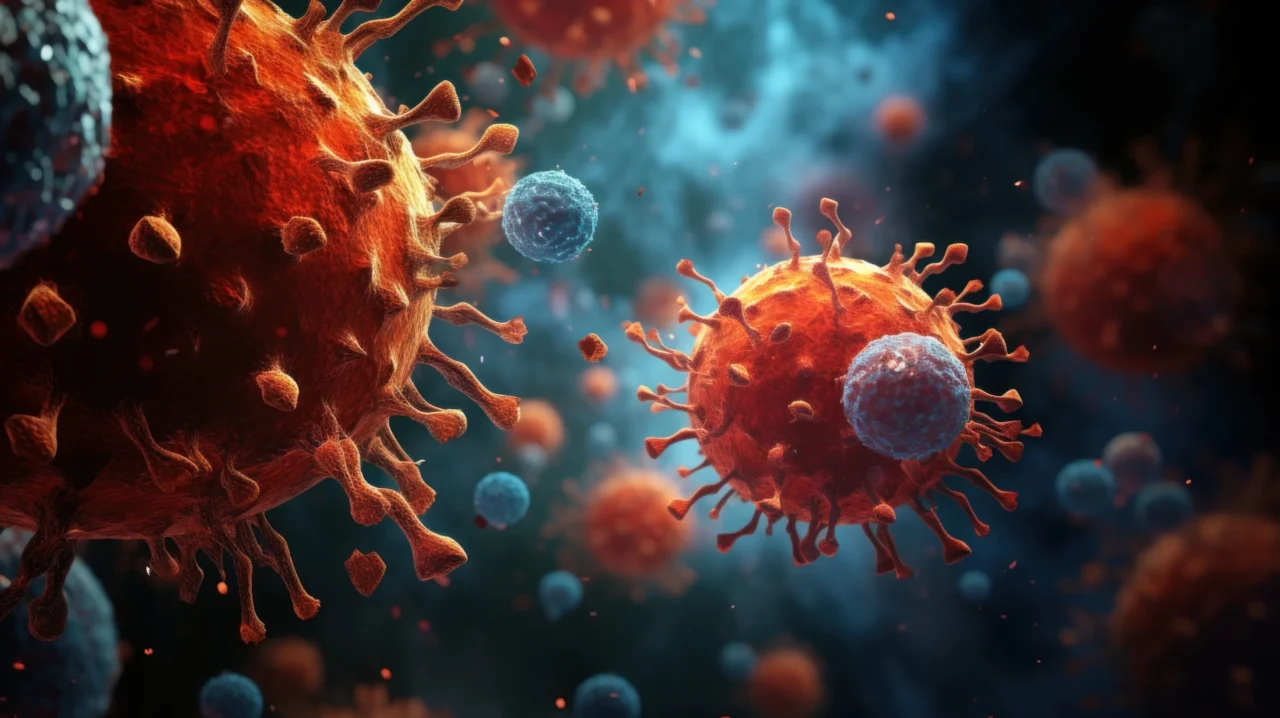Understanding Diseases: Types, Causes, Prevention, and How They Affect Our Health
Introduction
Disease is among the major challenges facing the health of humans. From diabetes and malaria to cancer, illnesses affect all aspects of our lives.
But what exactly is the definition of a disease? What causes the spread of diseases? Can we avoid these illnesses?
This article explains what diseases are, the varieties, their characteristics, their causes, and how to safeguard your family and friends. The article is written for students or general readers, making medical terminology simple to comprehend.
What Is a Disease?
A disease is a health issue that hinders the mind or body from functioning normally. It may affect only an organ or even the whole body.
Certain diseases go away rapidly, while others can endure for years.
Disorder vs. Disease vs. Condition
- Disease: A clear medical problem with symptoms and signs.
- Example: Tuberculosis.
- Disorder: A disturbance in body function.
- Example: Anxiety disorder.
- Condition: A broad term used for any health problem.
- Example: Skin disease.
Different Types of Diseases
Diseases fall into two main categories:
- Infectious Diseases
- Non-Infectious Diseases
1. Infectious Diseases
Caused by pathogens—small organisms such as viruses, bacteria, fungi, or parasites.
They can spread from person to person, and between animals and humans, through water, food, or the air.
Examples include:
- Tuberculosis
- Malaria
- Influenza
- COVID-19
- Chickenpox
Tuberculosis (TB)
- Cause: A bacterium called Mycobacterium tuberculosis.
- Transmission: Spreads through tiny droplets when coughing or sneezing.
- Symptoms: Persistent cough, chest discomfort, fever, night sweats, and weight loss.
- Treatment: Antibiotics over a long period.
- Importance: TB is still one of the leading infectious killers globally, especially in developing countries.
Malaria
- Cause: Parasites (Plasmodium species) spread through mosquito bites.
- Symptoms: Fever, chills, sweating, headache, muscle pain.
- Treatment: Anti-malarial medicines.
- Prevention: Use mosquito nets, insect repellents, and control mosquito breeding grounds.
- Importance: Malaria kills hundreds of thousands yearly, mostly in Africa.
Influenza (Flu)
- Cause: The Influenza virus affects the throat, nose, and sometimes lungs.
- Symptoms: Cough, fever, sore throat, body aches, fatigue.
- Treatment: Rest, fluids, and antiviral medication in severe cases.
- Prevention: Annual flu vaccines.
- Importance: Flu can be serious, especially for children, older adults, and people with weakened immune systems.
COVID-19
- Cause: The coronavirus SARS-CoV-2.
- Symptoms: Cough, fever, fatigue, loss of taste or smell, breathing problems.
- Treatment: Supportive care and antiviral medication in severe cases.
- Prevention: Vaccination, masks, hand washing, and avoiding crowded areas.
- Importance: COVID-19 became a global pandemic, causing millions of deaths and disrupting everyday life worldwide.
2. Non-Infectious Diseases
These do not transmit between people. Common causes include:
- Genetics
- Lifestyle choices
- Environmental factors
- Aging
Examples include:
- Diabetes
- Hypertension
- Cancer
- Asthma
- Osteoporosis
Diabetes
A chronic condition that prevents the body from using sugar (glucose) efficiently.
Types:
- Type 1: The body produces little or no insulin. Often begins in childhood.
- Type 2: The body cannot use insulin properly. Often linked to weight gain and lifestyle.
Symptoms:
- Excessive thirst
- Frequent urination
- Fatigue
- Blurred vision
Treatment:
Healthy diet, exercise, medication, or insulin treatment.
Importance: Poorly controlled diabetes can damage the kidneys, heart, eyes, and nerves.
Hypertension (High Blood Pressure)
Occurs when the force of blood against artery walls is too high.
Causes:
- Stress
- Obesity
- High salt intake
Symptoms:
Usually absent or mild, but severe cases may involve chest pain, headaches, and eye problems.
Treatment:
Lifestyle changes and medications.
Importance: Increases the risk of heart attack, stroke, and kidney disease.
Cancer
Involves cells growing out of control and spreading to other body parts.
Causes:
- Genetics
- Smoking
- Radiation
- Some infections
- Environmental chemical exposure
Symptoms:
Vary by type but may include lumps, unexplained weight loss, and fatigue.
Treatment:
Chemotherapy, surgery, radiation therapy, or targeted therapy.
Importance: A major cause of death worldwide.
Asthma
A condition causing airways to narrow and become irritated.
Causes:
- Allergens
- Pollution
- Cold or hot air
- Exercise
Symptoms:
- Coughing
- Wheezing
- Chest tightness
- Shortness of breath
Treatment:
Inhalers and avoiding triggers.
Importance: Can trigger severe attacks if untreated.
The Difference Between Acute and Chronic Diseases
- Acute: Sudden, short-term (e.g., flu, food poisoning).
- Chronic: Long-lasting and often lifelong (e.g., diabetes, arthritis).
Causes of Diseases
1. Pathogens
Viruses, bacteria, parasites, and fungi that cause infections.
2. Genetic Factors
Inherited changes in DNA can cause:
- Sickle Cell Anemia
- Cystic Fibrosis
- Hemophilia
3. Lifestyle Choices
Unhealthy habits such as smoking, inactivity, and poor diet can lead to:
- Obesity
- Heart disease
- Diabetes
4. Environmental Factors
Exposure to harmful substances, pollutants, or radiation can trigger diseases like:
- Lung cancer from smoking
- Skin cancer from UV radiation
How Are Diseases Diagnosed?
Doctors use:
- Medical history
- Physical examinations
- Lab tests
- Imaging scans
- Biopsies
Correct diagnosis guides effective treatment.
Treatment and Management
Treatment depends on the disease:
- Infectious diseases: Antibiotics, antifungals, antivirals
- Chronic diseases: Lifestyle changes, medication, and sometimes surgery
- Genetic disorders: Managing symptoms; new gene therapies are being developed
The Impact of Diseases on Society
Diseases affect individuals and entire communities:
- High healthcare costs
- Lost productivity
- Emotional stress
- Public health crises like pandemics
Preventing Diseases: Healthy Habits
- Wash hands frequently
- Eat balanced, nutritious meals
- Stay physically active
- Get enough sleep
- Keep vaccinations up-to-date
- Avoid smoking and excessive alcohol
- Get regular health check-ups
Emerging Diseases
Emerging diseases include:
- COVID-19
- Ebola
- Zika virus
Changes in the environment and global travel can help diseases spread quickly.
Interesting Facts About Diseases
- Some diseases can spread from humans to animals (zoonotic illnesses).
- Heart disease is the world’s deadliest disease.
- Vaccines have eradicated diseases like smallpox.
- Some microbes are not harmful and can even help our health.
FAQs About Diseases
Q1. What is the distinction between a non-infectious disease and an infectious disease?
Infectious diseases spread from person to person and are caused by pathogens. Non-infectious diseases don’t spread and result from genetics, lifestyle, or the environment.
Q2. Can all illnesses be avoided?
No. Many can be controlled or treated with healthy lifestyles and vaccinations.
Q3. Why is it important to have vaccines?
They protect individuals and communities from serious diseases.
Q4. What’s a genetic illness?
Mutations in DNA passed from parents to children cause genetic illnesses.
Q5. How do doctors diagnose diseases?
Through medical histories, physical examinations, lab tests, and imaging scans.
Q6. Are all diseases deadly?
No. Many are mild and short-lived, like colds. Others, like cancer, can be fatal.
Q7. What is a zoonotic illness?
A disease that spreads between animals and humans, such as rabies.
Q8. How do I keep myself healthy?
Maintain good hygiene, eat well, stay active, and have regular check-ups.
Conclusion
Diseases shape human history and continue to challenge health systems worldwide. Understanding how illnesses work helps individuals and entire communities. Knowledge of prevention, education, and healthy lifestyles is powerful in fighting diseases.



